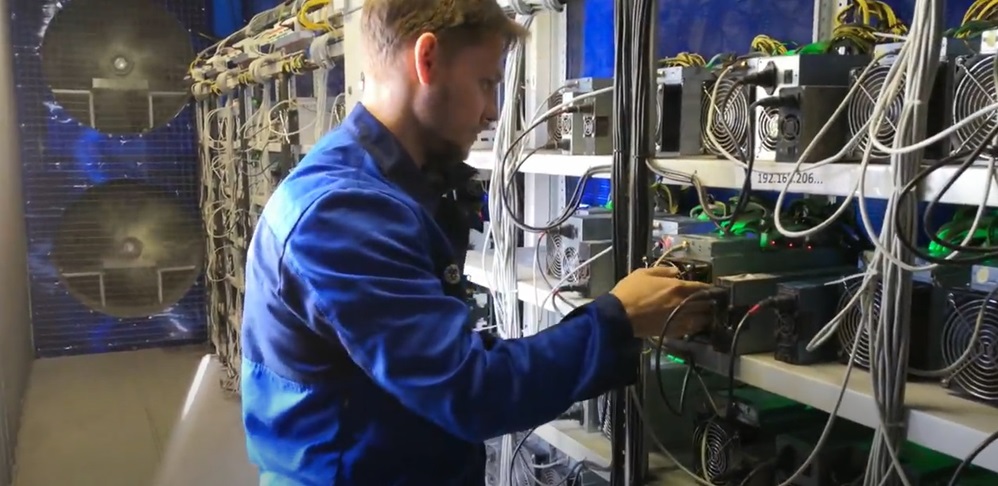For decades, companies have been structured around rigid functional silos—finance, HR, sales, engineering, marketing, R&D and customer service. “Structurally, the way companies have been set up—certainly as long as I’ve been working—is in functional silos or functional job families,” industry analyst Josh Bersin said in his recent HR Tech Europe 2025 keynote.
Organizational silos emerge from fragmented data systems, disconnected communication channels and lack of unified vision. Bersin emphasized that this segmented environment significantly impacts career development as well.
In such structures, job hierarchies, promotion patterns and career trajectories follow predictable, linear paths. Employees typically select a specific job category or department early in their careers and often remain confined within that same functional area for most of their professional lives, limiting the potential for cross-functional growth and a broader organizational perspective.
However, Bersin believes this traditional approach to organizational structure could be shifting due to AI innovations.
AI as the great integrator against workplace silos
Bersin said AI has the potential to fundamentally re-engineer the way companies operate, effectively breaking down these long-standing silos. Historically, enterprise resource planning (ERP) systems like SAP and Workday attempted to unify business functions by collecting vast amounts of data, but these systems often remained compartmentalized despite their integration efforts.
This left many HR and business leaders wanting cross-functional insights. “You never saw the relationship between low sales or poor product quality and hiring in the same system,” said Bersin. “You could sort of conceive of how to do that analysis, trying to do that by hand.”
According to Bersin, AI technology changes this paradigm by enabling real-time, organization-wide integration of data and processes. With AI-driven analytics and intelligent automation, he said, companies can seamlessly connect insights across departments, driving more effective decision-making and operational efficiency. “What is AI going to do at the organizational level? AI is going to bring this all together,” said Bersin.
AI technologies can analyze information across previously disconnected departments, identifying patterns and connections that humans might miss—Bersin expects that this will be made possible through agents. This capability enables organizations to develop truly holistic views of their operations, facilitating more informed decision-making and seamless workflows that transcend traditional departmental boundaries, as Bersin described.
An AI strategy for HR to end organizational silos
The result is not just improved efficiency, but potentially an entirely new organizational paradigm where information and insights flow freely throughout the enterprise, and that includes human resources. ”We’re entering a world with these agents where we’re going to be re-engineering the way our companies work end to end—including inside of HR because we have our own little silos inside of HR as well,” said Bersin.
An AI strategy can reduce longstanding inefficiencies in HR processes while simultaneously connecting traditionally isolated HR data with broader business metrics and outcomes, according to Bersin. This integration enables HR leaders to fulfill their strategic role in organizational decision-making.
Bersin’s steps to implementing an AI strategy
While this prediction of transformation is promising, many organizations still need practical guidance on implementing an AI strategy.
Bersin acknowledged this challenge, noting that in his conversations with business leaders, many expressed feeling intimidated by these emerging technologies.
“We [The Josh Bersin Company] came up with this model … essentially four steps to implementing an AI-based technology solution,” Bersin explained.
Read more: Josh Bersin’s top AI headline for 2025? It’s all about the agents
He offered a structured approach to help organizations navigate the complexities of adopting an AI strategy:
1. AI as an assistant
The first step in AI adoption is using it as a productivity assistant. Employees integrate AI tools such as ChatGPT or Microsoft Copilot into their workflows, allowing AI to handle repetitive tasks like drafting emails, editing documents or analyzing spreadsheets. Bersin’s research suggests this initial implementation alone can boost productivity by 10%-15%, with some companies reporting employees save an entire day per week on administrative work.
2. AI as a data system
Once AI is successfully embedded in daily workflows, Bersin said, organizations start feeding it company-specific data. This includes onboarding materials, salary structures, skills models and policy documents. By centralizing this information, AI can begin automating more complex tasks and providing deeper insights into business operations.
3. AI as a decision-making partner
With access to rich company data, AI evolves into a decision-support tool, according to Bersin. It can identify patterns, suggest strategic actions and provide predictive analytics to enhance workforce planning, customer experience and business strategy. This stage helps organizations transition from reactive decision-making to proactive problem-solving.
4. AI as an autonomous operator
In the final stage, AI becomes an integral part of organizational processes, autonomously managing workflows, making data-driven recommendations and dynamically adapting operations based on real-time insights. At this level, AI helps break down silos by fostering cross-functional collaboration and enabling a fluid, data-driven organization. “These are systems that are going to change the way people work, the roles they do and the jobs they do, to create this super worker effect,” said Bersin.
Credit: Source link










